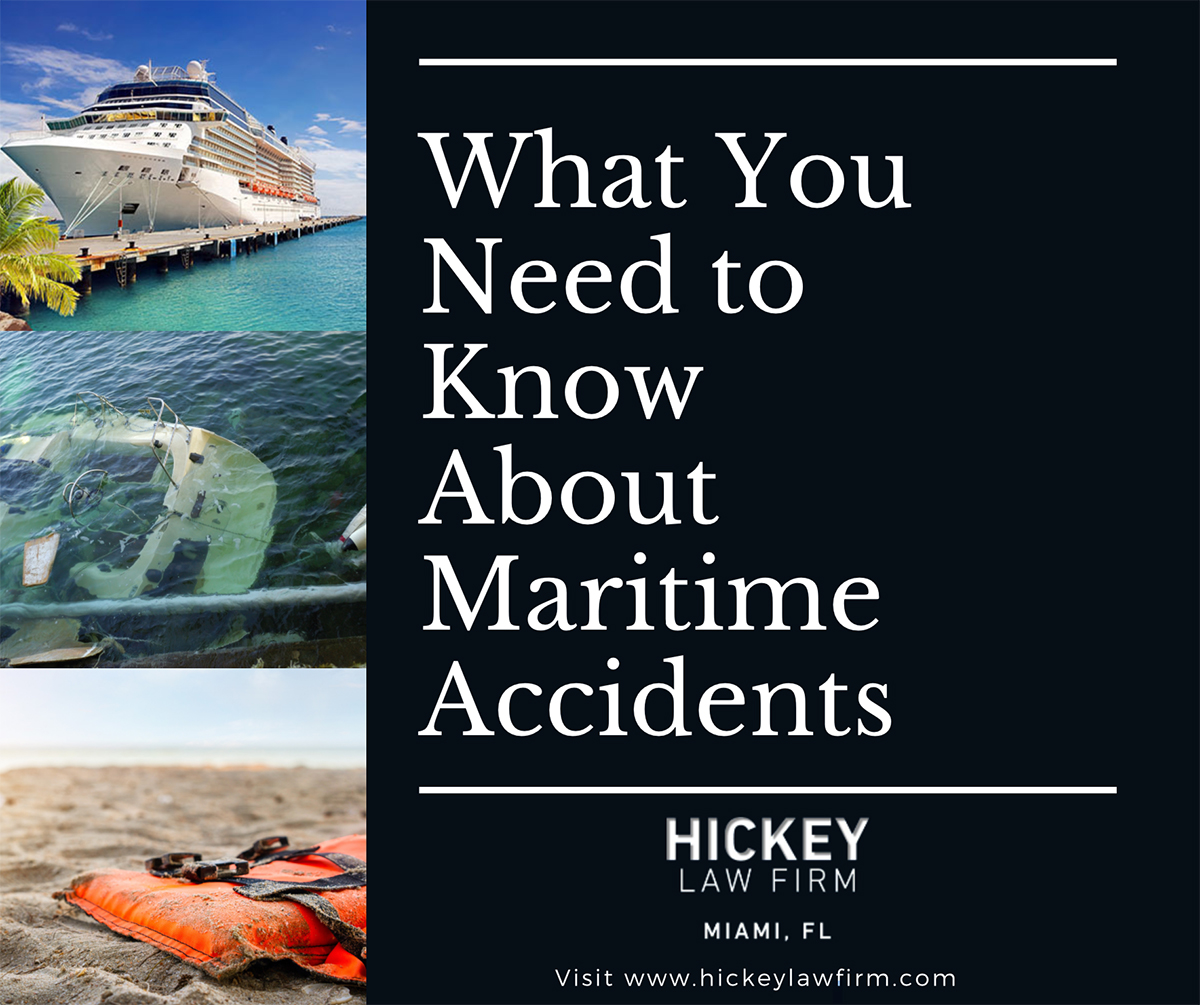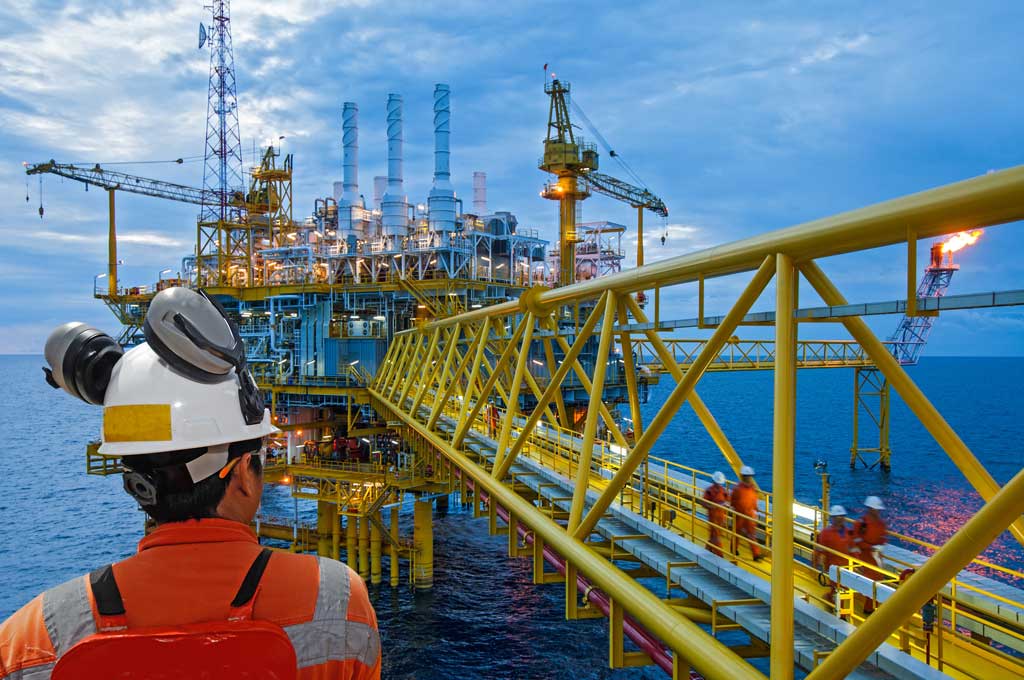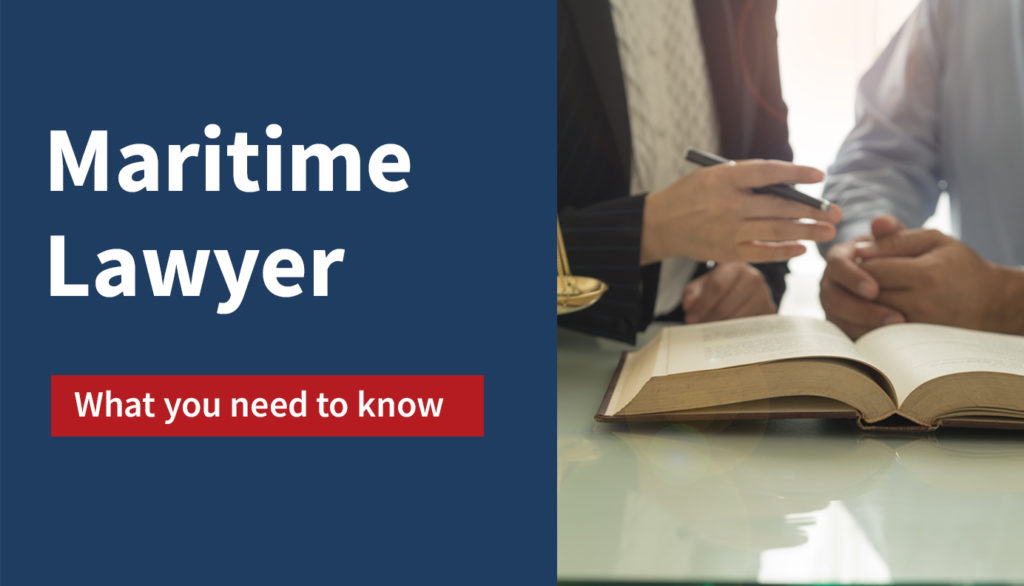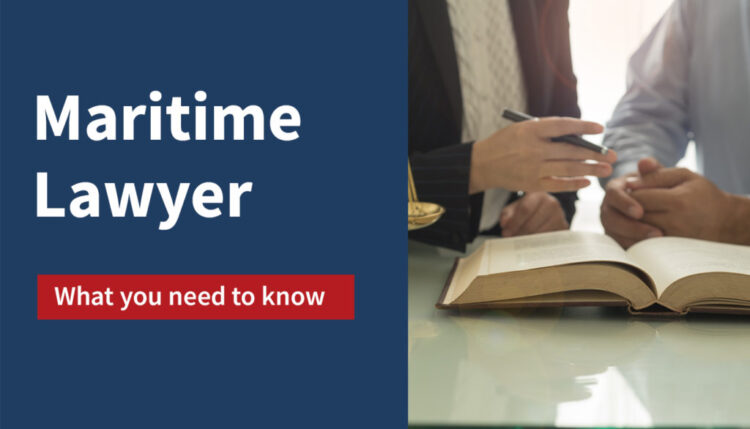
Understanding Maritime Accidents

Maritime accidents are unfortunately a common occurrence, with devastating consequences for individuals, communities, and the environment. Understanding the different types of accidents, their causes, and their impacts is crucial for preventing future tragedies and ensuring the safety of our oceans.
Types of Maritime Accidents
Maritime accidents can occur in various forms, each with its unique characteristics and potential for harm.
- Collisions: Occur when two or more vessels come into contact, often resulting in significant damage and injuries. Collisions can be caused by factors such as poor visibility, navigational errors, or inadequate communication.
- Groundings: Happen when a vessel runs aground on a submerged object, such as a reef or shoal. Groundings can lead to hull damage, cargo loss, and potential environmental pollution.
- Fires: Can occur on board vessels due to various causes, including faulty wiring, malfunctioning equipment, or accidental ignition. Fires can quickly spread and cause significant damage, injuries, and even loss of life.
- Explosions: Can be triggered by various factors, including the presence of flammable materials, mechanical failure, or accidental detonation. Explosions can cause catastrophic damage, injuries, and environmental contamination.
- Oil Spills: Occur when oil is released from a vessel or offshore platform, often due to accidents, leaks, or equipment failures. Oil spills can have devastating consequences for marine life, coastal ecosystems, and economies.
Causes of Maritime Accidents
The causes of maritime accidents are often complex and multi-faceted, involving a combination of human error, mechanical failure, and environmental factors.
- Human Error: Plays a significant role in many maritime accidents. Factors such as fatigue, lack of training, poor judgment, and communication breakdowns can contribute to accidents.
- Mechanical Failure: Malfunctioning equipment, such as engines, steering systems, or navigation instruments, can lead to accidents. Proper maintenance and inspections are crucial to prevent mechanical failures.
- Environmental Factors: Adverse weather conditions, such as storms, fog, or strong currents, can increase the risk of accidents. Navigational challenges and limited visibility can contribute to collisions or groundings.
Examples of Recent Maritime Accidents
- The 2010 Deepwater Horizon Oil Spill: This catastrophic accident in the Gulf of Mexico resulted from a series of human errors and mechanical failures, leading to the release of millions of barrels of oil. The spill had devastating consequences for marine life, coastal ecosystems, and the local economy.
- The 2015 Costa Concordia Cruise Ship Grounding: This accident occurred when the ship ran aground off the coast of Italy, resulting in the loss of life and significant environmental damage. The grounding was attributed to human error and the captain’s reckless actions.
- The 2021 Ever Given Container Ship Grounding: This incident involved a massive container ship that became stuck in the Suez Canal, disrupting global shipping for several days. The grounding was caused by a combination of human error, strong winds, and a sandstorm.
Legal Aspects of Maritime Accidents: Maritime Accident Attorney

Maritime accidents are governed by a complex web of laws and regulations, designed to ensure safety and fairness in this vital industry. Understanding these legal frameworks is crucial for anyone involved in a maritime accident, whether as a victim, a crew member, or a vessel owner.
Maritime Laws and Regulations
Navigating the legal landscape of maritime accidents requires familiarity with the relevant laws and regulations. These laws are designed to establish standards for vessel operation, crew training, and safety procedures, aiming to prevent accidents and protect the rights of those involved.
- The Jones Act: This federal law applies to U.S. merchant seamen and provides them with specific rights in the event of injury or death while working on a vessel. It allows injured seamen to sue their employer for negligence, even if they contributed to the accident.
- The Death on the High Seas Act (DOHSA): This act provides a right of action for the wrongful death of a U.S. citizen occurring on the high seas beyond a state’s territorial waters. It allows family members to sue for damages, including lost wages, medical expenses, and pain and suffering.
- The Longshore and Harbor Workers’ Compensation Act (LHWCA): This law covers longshoremen, harbor workers, and other maritime employees who are injured on land or in navigable waters. It provides for workers’ compensation benefits, regardless of fault, but limits the amount of compensation available.
- The Admiralty Extension Act: This act extends the jurisdiction of federal courts to maritime accidents that occur on navigable waters, even if the accident is not directly related to a vessel.
- International Maritime Organization (IMO) Conventions: These international conventions establish standards for safety and environmental protection in the maritime industry. They are incorporated into national laws and regulations, ensuring consistency across the globe.
Maritime Negligence
Maritime negligence is a legal concept that applies when a party’s failure to exercise reasonable care causes harm to another. It is often the basis for claims arising from maritime accidents.
Negligence occurs when a party owes a duty of care to another, breaches that duty, and the breach directly causes harm.
- Duty of Care: Vessel owners and operators have a duty to exercise reasonable care to ensure the safety of passengers, crew, and other vessels. This includes proper maintenance of the vessel, training of crew members, and compliance with safety regulations.
- Breach of Duty: A breach of duty occurs when a party fails to meet the required standard of care. This can include negligent operation of the vessel, inadequate safety procedures, or failure to warn of hazards.
- Causation: To establish negligence, it must be proven that the breach of duty directly caused the harm. This requires demonstrating a clear link between the negligent act and the accident.
- Damages: Once negligence is established, the injured party can seek compensation for damages, including medical expenses, lost wages, pain and suffering, and property damage.
Types of Maritime Accident Claims
Maritime accidents can result in various types of claims, depending on the nature of the incident and the injuries sustained.
- Personal Injury Claims: These claims arise when individuals are injured in a maritime accident. Injured parties can seek compensation for medical expenses, lost wages, pain and suffering, and other damages.
- Wrongful Death Claims: These claims are filed when a person dies as a result of a maritime accident. Family members can seek compensation for lost wages, funeral expenses, and emotional distress.
- Property Damage Claims: These claims involve damage to vessels, cargo, or other property. Owners can seek compensation for repairs, replacement costs, and lost profits.
The Role of a Maritime Accident Attorney

A maritime accident attorney plays a crucial role in helping victims navigate the complex legal system and seek compensation for their losses. They possess specialized knowledge of maritime law and understand the unique challenges associated with these types of accidents.
Services Provided by a Maritime Accident Attorney
Maritime accident attorneys provide a comprehensive range of services to assist victims, including:
- Investigation: Thoroughly investigating the accident to gather evidence, identify potential causes, and determine liability. This involves interviewing witnesses, reviewing accident reports, and consulting with maritime experts.
- Legal Representation: Representing the victim’s interests in all legal proceedings, including negotiations with insurance companies, filing lawsuits, and representing the client in court.
- Negotiation: Negotiating with insurance companies and other parties involved to secure a fair settlement for the victim’s losses.
How a Maritime Accident Attorney Helps Victims Obtain Compensation
Maritime accident attorneys can help victims obtain compensation for various losses, including:
- Medical Expenses: Covering the costs of medical treatment, rehabilitation, and ongoing care related to the accident injuries.
- Lost Wages: Compensating for lost income due to the inability to work as a result of the accident.
- Pain and Suffering: Providing financial compensation for the physical and emotional distress caused by the accident.
- Property Damage: Covering the costs of repairing or replacing damaged property, such as a vessel or personal belongings.
Steps Involved in Hiring a Maritime Accident Attorney
Hiring a maritime accident attorney involves several steps:
- Consultation: Scheduling an initial consultation with a potential attorney to discuss the case, understand their experience and qualifications, and discuss fees.
- Fee Arrangements: Discussing and agreeing on the attorney’s fee structure, which can be based on a contingency fee, hourly rate, or a combination of both.
- Representation: Once you decide to hire an attorney, they will begin working on your case, gathering evidence, and pursuing legal options.
Maritime Accident Investigation
Unraveling the cause of a maritime accident is crucial for preventing future tragedies, holding responsible parties accountable, and ensuring the safety of our waterways. This involves a meticulous investigation process that gathers evidence, analyzes data, and examines all contributing factors.
The Investigation Process
A maritime accident investigation is a comprehensive process that aims to determine the root cause of the accident and identify any contributing factors. This process typically involves the following steps:
- Gathering Evidence: This includes collecting physical evidence from the accident site, such as wreckage, debris, and black box data, as well as reviewing documents like ship logs, crew records, and weather reports.
- Interviewing Witnesses: Investigators will interview crew members, passengers, and other individuals who may have witnessed the accident or have relevant information.
- Analyzing Data: This involves examining the collected evidence, including data from the ship’s navigation systems, weather data, and other relevant sources, to identify potential contributing factors.
- Reconstructing the Accident: Investigators will use the gathered evidence and data to reconstruct the sequence of events leading up to the accident, including the actions taken by the crew and the environmental conditions at the time.
- Determining the Cause: Based on the investigation findings, investigators will determine the probable cause of the accident, identifying the primary contributing factors and any contributing circumstances.
The Role of Regulatory Agencies
Various regulatory agencies play a vital role in maritime accident investigations. The National Transportation Safety Board (NTSB) is a federal agency responsible for investigating transportation accidents, including maritime accidents. The United States Coast Guard (USCG) also conducts investigations into maritime accidents, focusing on the safety of vessels and personnel. Other agencies involved in maritime accident investigations include the Federal Maritime Commission (FMC), the Environmental Protection Agency (EPA), and the National Oceanic and Atmospheric Administration (NOAA).
Investigative Techniques
Maritime accident investigations utilize a range of techniques to gather evidence and analyze data. These techniques include:
- On-Scene Inspections: Investigators will conduct thorough inspections of the accident site, examining the vessel, the environment, and any other relevant physical evidence.
- Data Analysis: Investigators will analyze data from the ship’s black box, voyage data recorders, and other electronic systems to reconstruct the events leading up to the accident.
- Expert Witness Testimony: Experts in various fields, such as maritime law, engineering, and navigation, may be called upon to provide testimony and analysis during the investigation.
- Computer Simulations: Computer simulations can be used to recreate the accident scenario and evaluate different contributing factors.
- Laboratory Testing: Physical evidence, such as wreckage or samples, may be subjected to laboratory testing to determine the cause of failure or other relevant information.
“The goal of a maritime accident investigation is not simply to determine the cause of the accident, but to learn from it and prevent similar accidents from happening in the future.”
Damages in Maritime Accident Cases
If you’ve been injured in a maritime accident, you may be entitled to compensation for your losses. Maritime law allows for a variety of damages to be awarded to victims of maritime accidents, including medical expenses, lost wages, pain and suffering, and punitive damages.
Types of Damages
The types of damages that can be awarded in a maritime accident case are determined by the specific circumstances of the accident and the injuries sustained. The most common types of damages include:
- Medical Expenses: This includes the cost of treatment, hospitalization, rehabilitation, and any other medical care related to the accident.
- Lost Wages: This includes any wages or income lost as a result of the accident, both past and future. This can also include lost earning capacity, which is the potential income that a victim may have lost due to the accident.
- Pain and Suffering: This includes compensation for the physical and emotional pain and suffering experienced as a result of the accident. This can include physical pain, emotional distress, mental anguish, and loss of enjoyment of life.
- Punitive Damages: These are awarded to punish the defendant for egregious conduct and to deter similar behavior in the future. Punitive damages are only awarded in cases where the defendant’s actions were intentional or reckless.
Factors Influencing Damage Awards
Several factors can influence the amount of damages awarded in a maritime accident case. These factors include:
- The severity of the injuries: The more serious the injuries, the higher the damages will likely be.
- The extent of the victim’s economic losses: This includes lost wages, medical expenses, and other financial losses.
- The victim’s age and life expectancy: Younger victims with a longer life expectancy may be awarded higher damages than older victims.
- The defendant’s negligence: The more egregious the defendant’s negligence, the higher the damages will likely be.
- The jurisdiction where the case is filed: Different jurisdictions have different laws regarding damages.
Examples of Successful Settlements and Verdicts
There have been numerous successful settlements and verdicts in maritime accident cases. For example, in 2022, a jury awarded a $50 million verdict to a seaman who was injured in a fall on a cargo ship. The seaman suffered severe injuries, including a broken leg and back injuries. The jury found the ship owner liable for the accident, finding that the ship owner had failed to provide a safe work environment.
In another case, a maritime accident attorney successfully negotiated a $10 million settlement for a family whose loved one was killed in a boating accident. The settlement included compensation for lost wages, pain and suffering, and funeral expenses.
Maritime Accident Prevention
The maritime industry is a vital part of the global economy, responsible for transporting goods and people across the world’s oceans. However, maritime accidents can have devastating consequences, resulting in loss of life, property damage, and environmental pollution. Preventing these accidents is paramount, and a robust system of safety regulations and best practices is essential.
Maritime safety regulations and best practices are crucial for preventing accidents. They provide a framework for safe operations, addressing various aspects, including vessel design and construction, crew training and certification, navigation, cargo handling, and environmental protection.
Importance of Maritime Safety Regulations
The International Maritime Organization (IMO), a specialized agency of the United Nations, sets international standards for maritime safety. These regulations cover a wide range of aspects, including:
- Vessel Design and Construction: Regulations ensure vessels are built to withstand various sea conditions, have adequate stability, and are equipped with safety features like lifeboats and fire-fighting equipment.
- Crew Training and Certification: Regulations mandate that crew members receive proper training and hold valid certificates demonstrating their competence in various maritime operations, such as navigation, communication, and emergency procedures.
- Navigation: Regulations Artikel safe navigation practices, including the use of navigational aids, collision avoidance, and the proper use of electronic charting systems.
- Cargo Handling: Regulations establish safe procedures for loading, securing, and unloading cargo, minimizing the risk of accidents related to cargo shifting or spills.
- Environmental Protection: Regulations address pollution prevention, including the safe handling of hazardous materials and the proper disposal of waste.
Technologies for Improving Maritime Safety
Advances in technology have significantly enhanced maritime safety, enabling better vessel operations and accident prevention. Some notable examples include:
- Automatic Identification System (AIS): AIS is a transponder system that transmits a vessel’s identity, position, course, and speed. This information helps vessels avoid collisions and aids in search and rescue operations.
- Electronic Chart Display and Information Systems (ECDIS): ECDIS replaces traditional paper charts with electronic ones, providing real-time navigation information and enhancing situational awareness for navigating safely.
- Voyage Data Recorders (VDRs): VDRs record a vessel’s data, including navigation, engine performance, and communication, providing valuable information for accident investigations and improving future safety measures.
- Remote Monitoring and Control Systems: These systems allow for remote monitoring of vessel operations, including engine performance, navigation, and environmental conditions, enabling early detection of potential problems and proactive interventions.
Role of Stakeholders in Maritime Accident Prevention
Preventing maritime accidents requires a collaborative effort from all stakeholders involved in the maritime industry.
- Ship Owners and Operators: They have a primary responsibility for ensuring the safety of their vessels and crew. This includes implementing safety procedures, providing adequate training, and maintaining vessels in good condition.
- Flag States: Flag states, the countries under whose flag a vessel operates, are responsible for enforcing maritime safety regulations and ensuring vessels meet international standards.
- Port States: Port states, where vessels call, have a role in ensuring that vessels entering their ports meet safety requirements and comply with local regulations.
- Maritime Authorities: National and international maritime authorities play a vital role in setting safety standards, enforcing regulations, and investigating accidents.
- Maritime Industry Associations: Industry associations can promote best practices, share knowledge, and advocate for safety improvements within the maritime sector.





